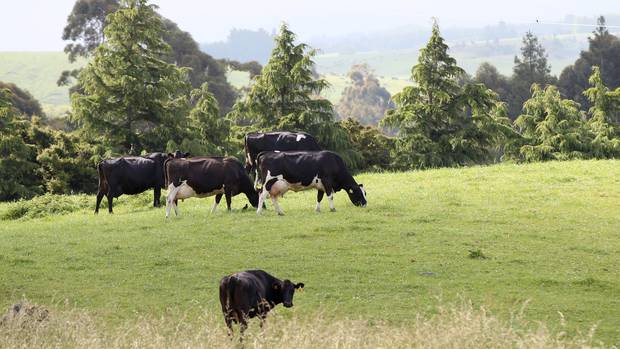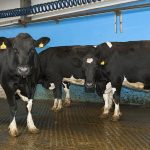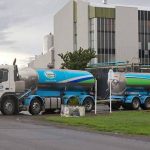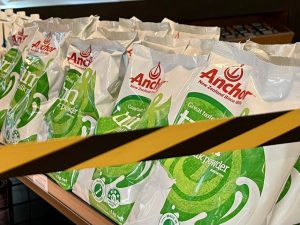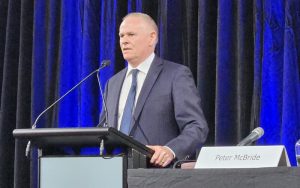
DairyNZ senior economist Matthew Newman said the annual farmer survey shows the largest increases in spend during 2017/18 were on feed, repairs, maintenance and labour. But, it is likely expenditure has increased further in 2018-19.
“The 2017-18 season was difficult due to a dry spring/early summer for all regions,” said Matthew.
“That affected pasture growth and peak milk production.
“It’s also the season that Mycoplasma bovis was discovered.
“Overall, the break-even milk price increased 70 cents to $5.87 per kg milksolids in 2017-18, due to the higher farm working expenses, increased tax payments and increased drawings.
“This survey is a good reminder that as a sector, we need to maintain our competitiveness by striving to produce milk at profitable margins and being prepared for fluctuations in milk prices.”
DairyNZ farm business developer Angie Fisher said the Economic Survey can help inform planning for the 2019/20 dairy season.
“The Economic Survey provides financial data for both owners and herd-owning sharemilkers, along with forecasts for the 2019-20 seasons. This makes it a useful resource for farm budgeting,” said Angie.
Along with the Economic Survey, DairyNZ also collates other information that helps farmers plan for the season ahead.
DairyNZ analyses financial figures of top-performing dairy farmers nationwide through DairyBase and provides budgets and results from 17 Budget Case Study farmers nationwide who have opened their books for others to learn from.
